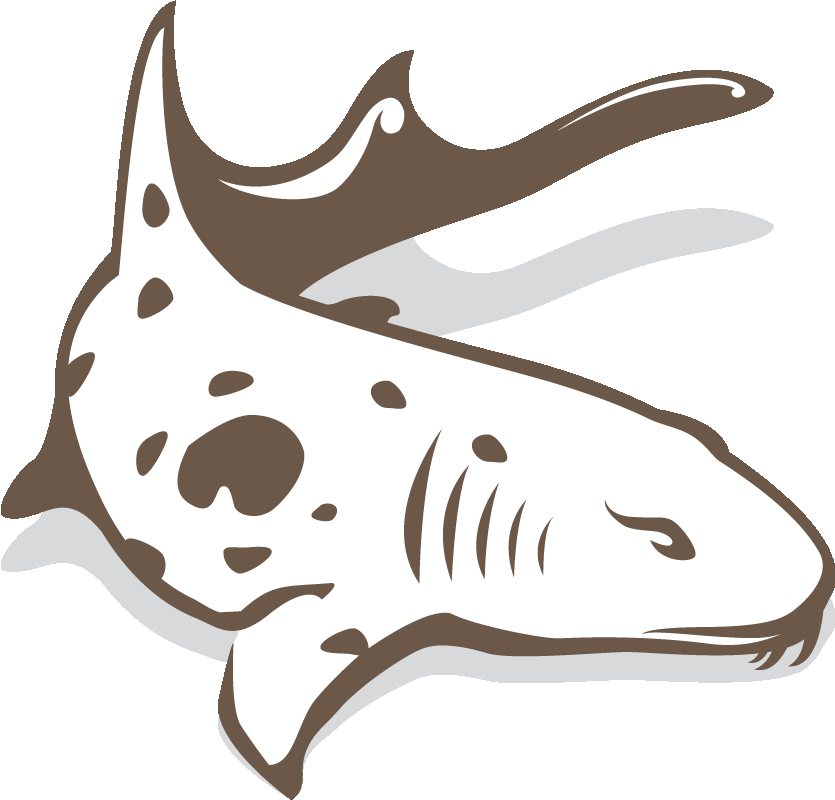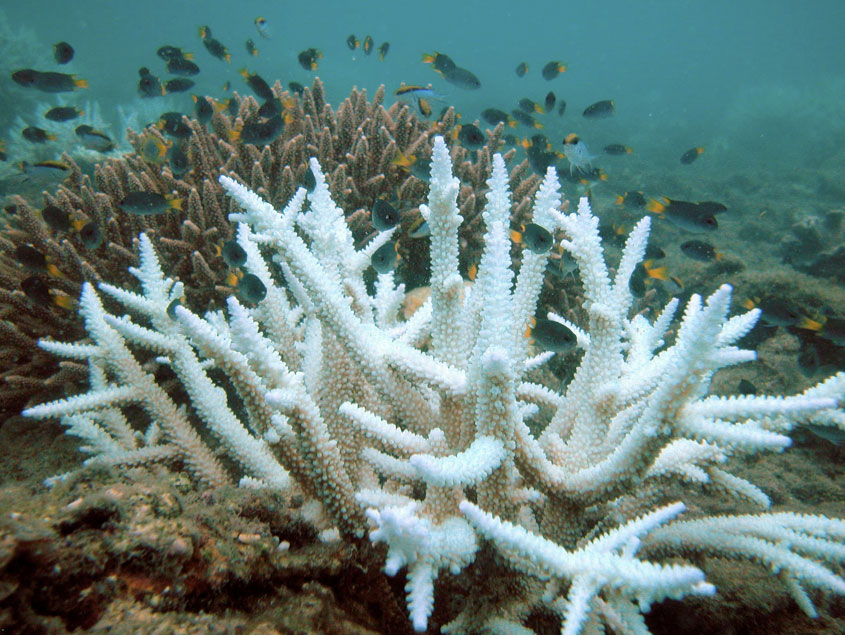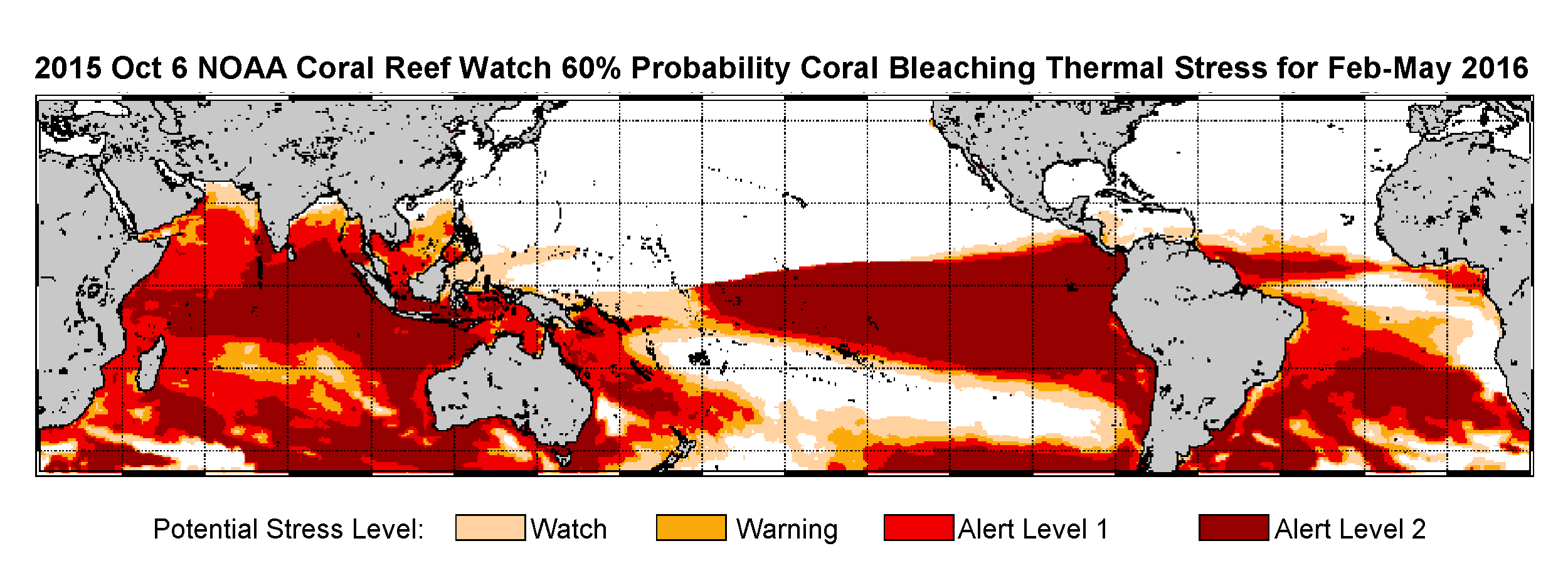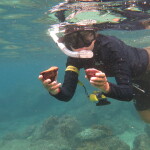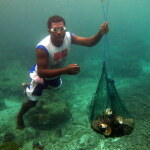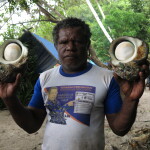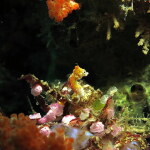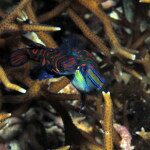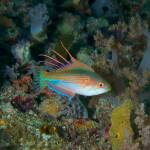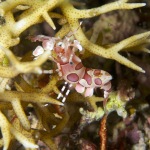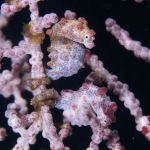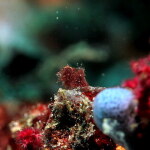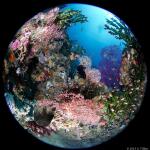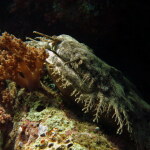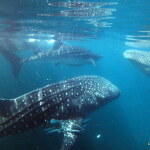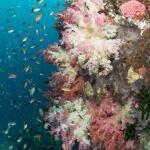Triton Bay Divers in SilentWorld
Above photo: underwater 360 degree panoramic of Christmas Rock, one of Triton Bay’s better known dive sites.
For German readers, below is an article by Connie Thieme in the most recent SilentWorld magazine about her stay with us earlier this year. Thank you Connie for sharing the article, and to AquaVenture for arranging her visit.
Connie missed almost a week of diving due to illness, but still managed to put together some incredible photos (including the picture above), which can be seen in our Guest Galleries or on her website Marine-Snapshots. Look for the black light (UV) shots of various marine animals and corals, and the photo of the Pontohi pygmy seahorse is as good a picture as you’re going to see of these elusive creatures.
